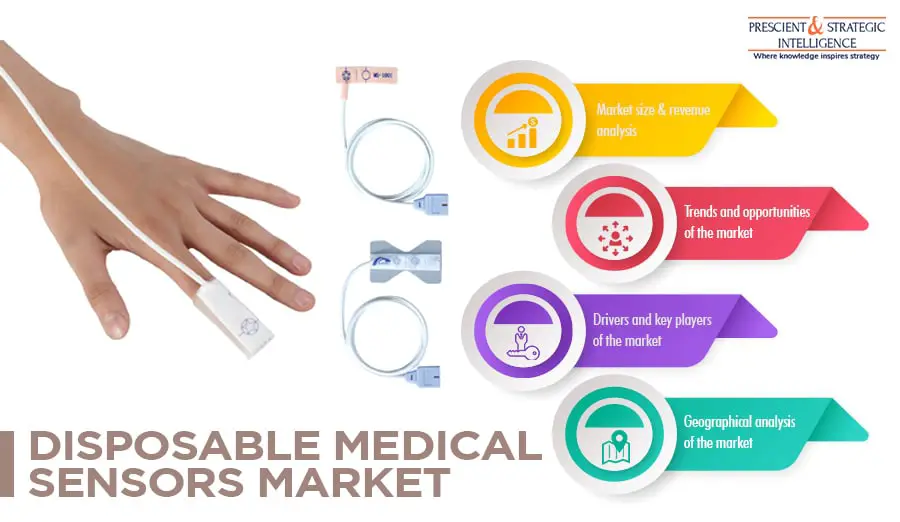The World Health Organization (WHO) states that cardiovascular diseases (CVDs), including coronary heart disease, cerebrovascular disease, peripheral arterial disease, rheumatic heart disease, congenital heart disease, and deep vein thrombosis and pulmonary embolism, accounted for nearly 17.9 million fatalities in 2019, worldwide. Furthermore, the International Diabetes Federation (IDF) estimates that 643 million adults aged 20–79 years will be living with diabetes by 2030. The surging cases of CVDs and diabetes are, therefore, expected to accelerate the usage of disposable medical sensors in the forthcoming years.
Moreover, the rising burden of healthcare-associated infections (HAIs) will help the disposable medical sensors market demonstrate a CAGR of 10.4% during the forecast period (2017–2023). For example, the European Center for Disease Prevention and Control (ECDC) states that, in 2017, approximately 8.3% of patients admitted to intensive-care units (ICUs) for more than two days in hospitals of Europe were infected by at least one HAI. Moreover, according to P&S Intelligence, the market was valued at $4.5 billion in 2016, and it will generate $8.9 billion revenue by 2023.
In recent years, players operating in the disposable medical sensors market, such as Smiths Group Plc, STMicroelectronics N.V., Medtronic Plc, Honeywell International Inc., Koninklijke Philips N.V., General Electric Company, and TE Connectivity Ltd., have engaged in product launches to stay ahead of their competitors in the industry. For example, in September 2016, Medtronic Plc introduced the MiniMed 670G system to treat type 1 diabetes in patients aged 14 years and more. It is a hybrid closed loop insulin delivery system that uses the SmartGuard HCL technology and features the Guardian sensor.
In recent years, North America has emerged as the leading user of disposable medical sensors, owing to the growing prevalence of HAIs, booming elderly population, and soaring government expenditure on research and development (R&D) in advanced technologies. For example, the U.S. Census Bureau states that the number of people aged 65 years and older in the country grew from 40.3 million in 2010 to 54.1 million in 2019.
Whereas, the Asia-Pacific (APAC) disposable medical sensors market is expected to exhibit the fastest growth in the forecast years. This will be on account of the escalating healthcare expenditure, rising incidence of chronic ailments, increasing number of government-sponsored R&D activities, and surging use of advanced technologies in regional countries. For instance, the WHO estimates that chronic diseases, such as diabetes, cancer, stroke, and heart and lung diseases, account for approximately 5.8 million deaths in India every year.






